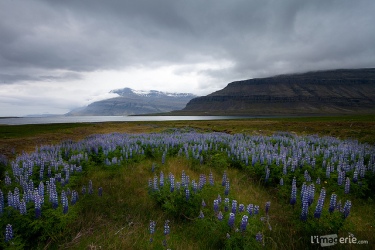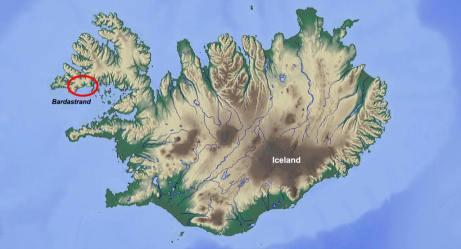First of all, lets start with the myth I’ve heard a million times:
MYTH: Iceland and Greenland were named in order to trick other seafarers into going to Greenland, as it sounded more pleasant than Iceland, therefore the Vikings got Iceland all to themselves.
Almost every time someone finds out that I wrote my dissertation on Iceland, I get this factoid sputtered out at me as the one thing that said person can contribute to the conversation about an island they really know very little about. While I understand this as an attempt to contribute and engage in conversation, I rarely have the energy to actively correct every one. Lets be honest, no one likes a ‘know-it-all’.
So, lets correct the issue here! Let me start out by saying that Iceland was named multiple times by multiple people and multiple cultures over the years of its multiple discoveries. There are also many academic arguments that discuss whether some texts are actually referring to Iceland with other names given to the landmass from explorers that were NOT Vikings, as it is still debated if the Vikings were even the first to discover and settle the island. However, because that specific topic deserves a post in and of itself, I will discuss the few names that the Scandinavians gave the island, and why Iceland has remained the official name to this day.
First, a Viking named Naddodd wished to sail to the Faroe Island from Norway, yet were driven out westwards and ended up in eastern Iceland. At the time, the island was not inhabited, and even though Naddodd climbed a high mountain, he could not spot smoke or any other signs of human life. Due to the snow capped mountains he named the land ‘Snowland’ upon his departure.
Second, in 870 AD Iceland was circumnavigated by Gar∂ar Svavarsson – a Swedish Viking who determined that the new land was an island. Gar∂ar knew of the island was ‘Snowland’, but he decided to rename it ‘Gar∂ar’s Isle’. Both of these first accounts were full of praise for this new island and its untouched resources. But as you’re aware, these names are certainly not what are on our maps today. So, why ‘Iceland’?
Iceland’s name was given by Floki Vilgerdarson, and it had nothing to do with the undiscovered Greenland. He set sail in search of ‘Gar∂ar’s Isle’ and he made shore on the island at Vatnsfjord in Bardastrand – and settled for the winter, fishing the plentiful rivers. However, because Floki neglected to gather fodder (winter food) for his cattle, his livestock starved to death that winter. The following spring was cold, and the fjords were choked with drift ice, hindering his escape off of the island. At every turn, a harsh spring and cold summer stalled Floki from returning home, and so he cursed the island – having nothing good to say of the land covered in lethal ice. Thus, the island’s name has remained ‘Iceland’ ever since.
However, it should be noted that this cursed name did nothing to prevent others from wanting to settle this island, and only a few short years later, Ingólfur Anarson settled the island, thus beginning Iceland’s Viking Age.
So, there you have it. Iceland wasn’t named in order to reroute settlers to Greenland, it was named thusly as a curse of one man’s strife as he forgot to collect winter fodder for his animals, thus losing his wealth.
— Images:
http://web.uvic.ca/~medimap/imaging/Iceland/index.html
http://xray.bmc.uu.se/christofer/photos/iceland/
— Sources:
The Book of Settlements: Landnámabók translated by Hermann Pálsson and Paul Edwards
Ring of Seasons, Iceland: Its Culture and History by Terry G. Lacy


